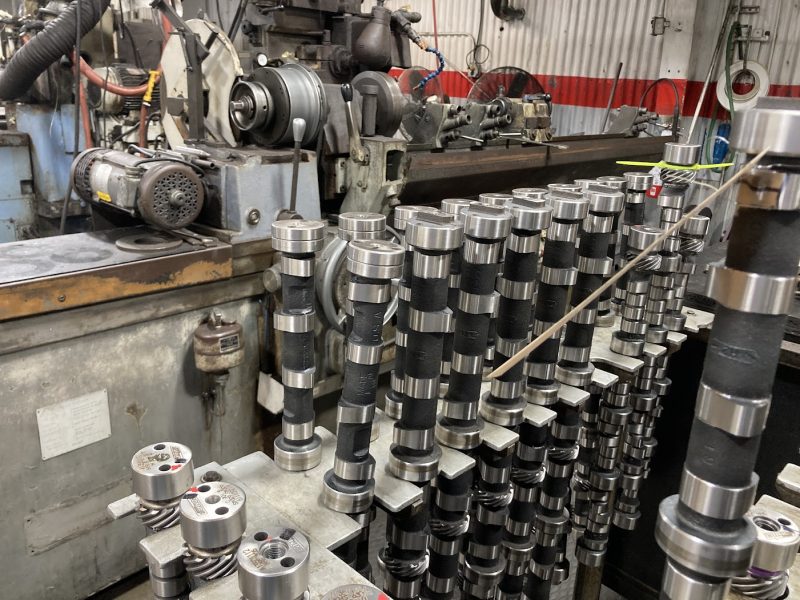Ductile iron, also known as nodular cast iron or nodular iron, is a cast iron alloy with distinctive properties, including impact and fatigue resistance, elongation, and wear resistance. These properties arise from the spheroidal graphite structures within the metal’s microstructure. It is formed
The innovation of ductile iron in the foundry industry during the mid-20th century marked a significant advancement. It was developed during World War II as an alternative for strengthening iron. Metallurgical engineer Keith Millis, along with collaborators Albert Gagnebin and Norman Pilling, patented the process using magnesium to create spherical graphite nodules, resulting in ductile iron. This innovation revolutionized iron production and led to widespread adoption.
Ductile iron’s primary feature is its remarkable ductility, allowing it to deform without fracturing, making it suitable for applications requiring various forms of deformation. Its balanced strength and ductility enable it to withstand significant loads and impacts. It also resists brittle fracture due to its graphite nodules.

Production of ductile iron involves adding carbon and other elements like silicon, sulfur, manganese, and magnesium during the smelting process. Magnesium plays a crucial role in forming spherical graphite nodules and reducing sulfur content, which makes the iron and steel more brittle.
Ductile iron offers numerous benefits, including high tensile strength (starting at 60,000 psi), excellent wear resistance, effective heat dissipation, and sound dampening properties. Its resistance to fractures along graphite flakes makes it highly durable and less prone to cracking compared to regular gray cast iron. These qualities have made ductile iron a preferred choice for various applications, particularly in industries where strength and durability are essential.
References
ASTM A536-84(2019)e1
ASTM A536 – Standard Specification for Ductile Iron Castings
